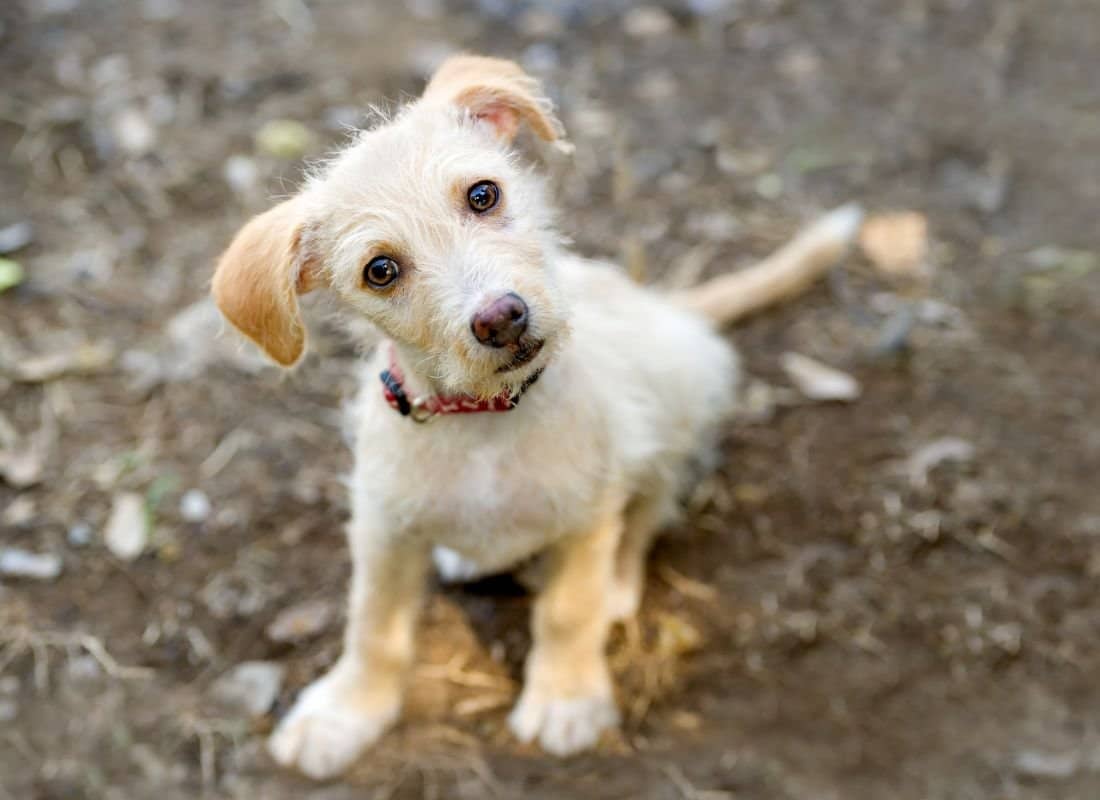Teaching a Fearful Rescue Dog to Play – Using Patience, Kindness, and Unconditional Love

“The righteous care for the needs of their animals, but the kindest acts of the wicked are cruel.” (Proverbs 12:10)
Bringing home a rescue dog is an incredibly rewarding experience! I know because my husband and I adopted the greatest one on the planet! We named him, Mr Fitch. For many dogs, like our Mr Fitch, have experienced severe trauma, abandonment, neglect, sand horrific abuse. Something as simple as playing with a cute stuffed toy can feel overwhelming. If your rescue pup cowers at the sight of a toy or seems completely disinterested, don’t worry – with patience, understanding, and the right approach, you can help your furry friend discover the joy of play. In the meantime, as we do, put the toys away and offer him something safe to chew on such as collagen chew sticks made for your size dog. Chewing helps them greatly to reduce stress and relax. The collagen chew sticks also do a great job on keeping their teeth and gums healthy.
Understanding the Fear Many rescue dogs come with is due to very complex backgrounds that make toys seem scary or threatening. Perhaps they’ve never been exposed to toys, or past experiences have made them wary of new objects. Some dogs may have learned that objects can be used to hurt them, while others simply lack the confidence to engage with unfamiliar items.
Creating a Safe Environment The first step is to create a sense of safety and trust:
- Start Slowly and Gently Begin by introducing toys in the most non-threatening way possible. Leave toys in the room without forcing interaction. Allow your dog to investigate at their own pace. Place soft, quiet toys in areas where your dog feels most comfortable – perhaps near their bed or in a calm corner of the room. It’s best they don’t squeak or make noises that could scare your new dog.
- Use Positive Association. You’ll find that f ood can be an incredible motivator. Try these techniques, but remember NEVER to force the toys on them:
- Place small treats near or on top of toys
- Use toys during feeding time to create positive connections
- Gently roll a toy near treats to help your dog see it as something good
- Lead by Example. Dogs often learn through observation. Show excitement when playing with toys yourself. Use a soft, happy voice and demonstrate that toys are fun and safe. Your enthusiasm can be contagious.
Choosing the Right Toys Not all toys are created equal for a scared rescue dog:
- Soft Plush Toys: These are often less intimidating than hard rubber or squeaky toys
- Low-noise Toys: Avoid toys with loud squeakers initially
- Smaller Toys: Larger toys might seem overwhelming and could be mistaken for an ‘enemy’
- Different Textures: Some dogs prefer soft toys, others might like gentler rubber toys
Gentle Encouragement Techniques
- Never Force Interaction Forcing a toy on a scared dog will only increase their fear. Let them approach on their own terms. It’s not life or death if they play with toys!
- Use Calm, Positive Reinforcement When your dog shows any interest in a toy – even just sniffing it – offer quiet praise and perhaps a treat. This reinforces that investigating toys is a good thing.
- Interactive Play with Low Pressure:
- Sit on the floor at your dog’s level
- Gently roll a toy nearby without direct eye contact
- Allow your dog to watch without feeling pressured to engage. If he moves away, put the toy away!
Gradual Progression As your dog becomes more comfortable:
- Slowly move toys slightly when your dog is watching
- Use toys during calm, positive moments
- Always let your dog set the pace
Professional Support If your dog continues to show extreme fear, consider working with:
- A professional dog trainer specializing in rescue dogs
- A veterinary behaviorist
- Positive reinforcement training classes
- Perhaps a good training book would help
Special Considerations for Specific Backgrounds Dogs from puppy mills, long-term shelter stays, or abusive situations might need extra time and gentleness. Some may never become toy-motivated, and that’s okay. The goal is building trust and confidence.
Patience is Key Remember, every small step is a victory. Some dogs might take weeks or even months to feel comfortable with toys. Celebrate tiny progressions and never show frustration. Our rescue, Mr Fitch, still won’t go near a toy after 9 months! So, most toys have been bagged and put away. We just play more with him, talk to him a great deal, sit on the floor with him, and let him take the lead. His ‘toys’ have become his chew sticks.
Warning Signs to Watch If your dog shows signs of extreme stress like:
- Trembling
- Tucking their tail
- Trying to hide
- Showing signs of aggression
If any of the above behaviors are exhibited, stop the interaction immediately and consult a professional if necessary.
The Emotional Reward Beyond physical play, teaching a scared rescue dog to enjoy toys is about something much deeper. It’s about rebuilding trust, showing them the world can be a safe and fun place, and helping them heal from past traumas.
Your patience, love, and understanding are the most important “toys” in this journey. Each moment of connection is a precious gift – both for you and your rescue dog.
I welcome your comments!
Leave a Reply
You must be logged in to post a comment.



Leave a Comment